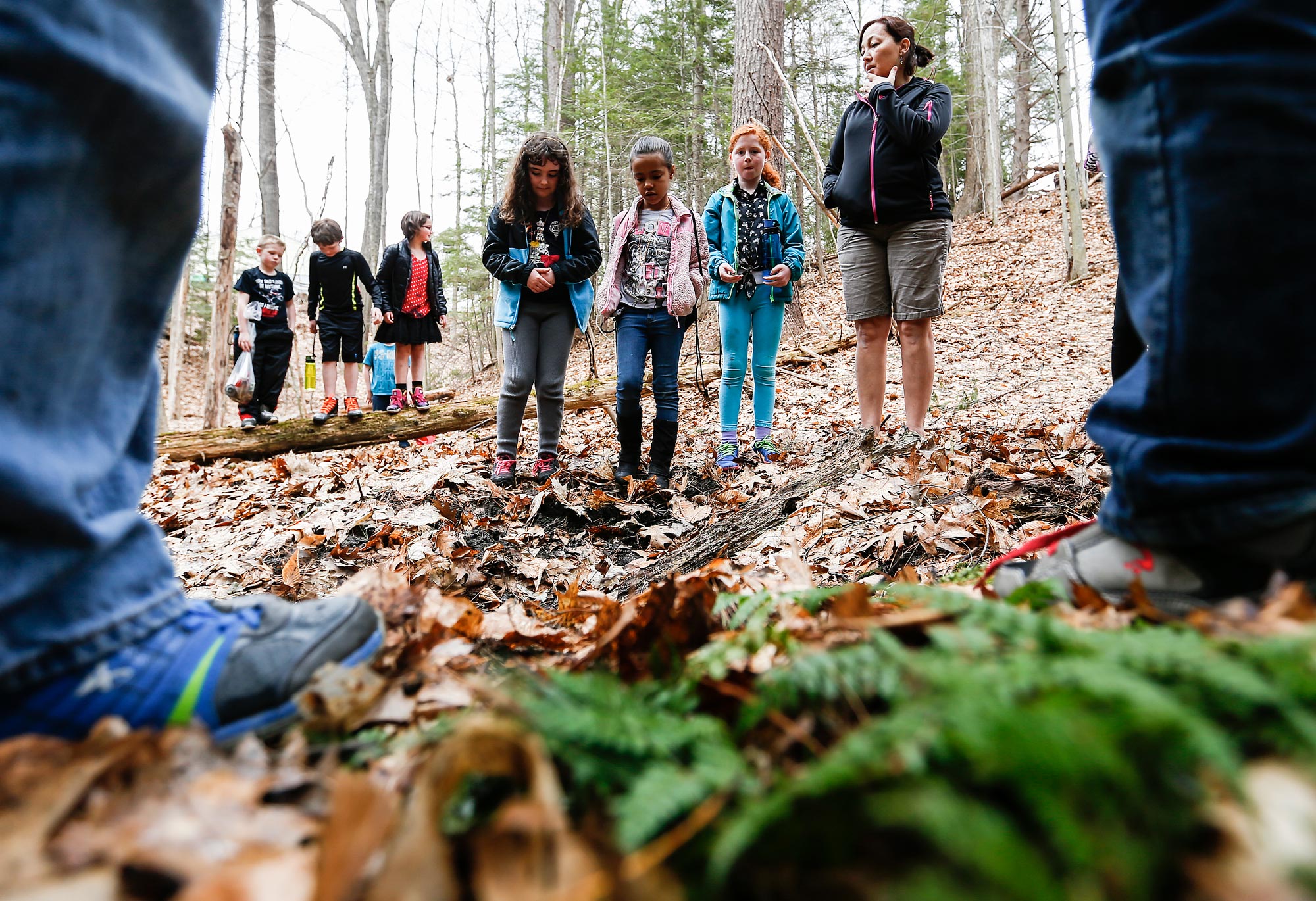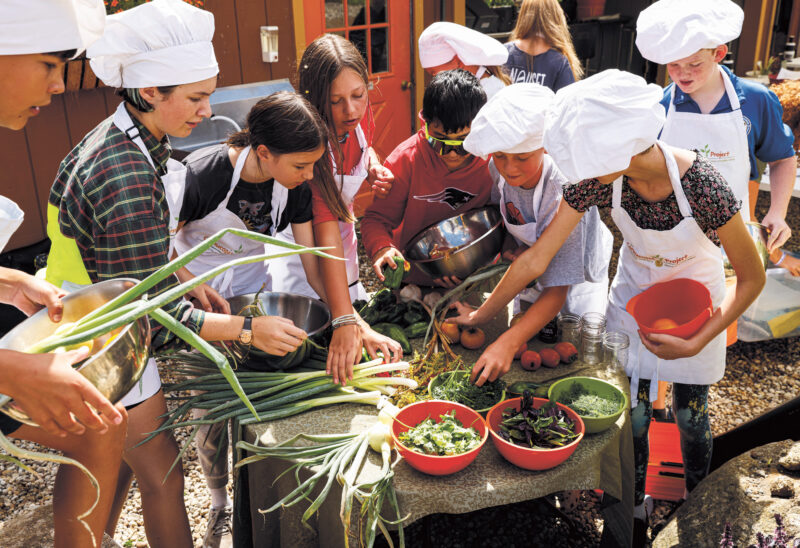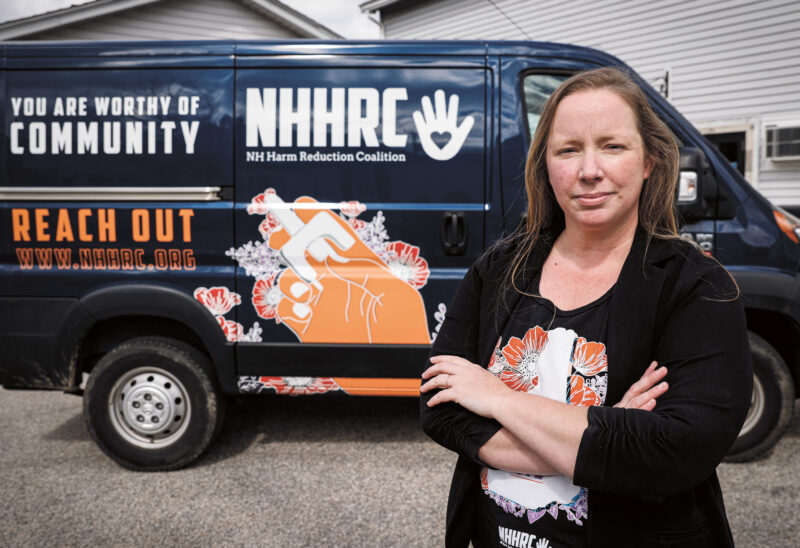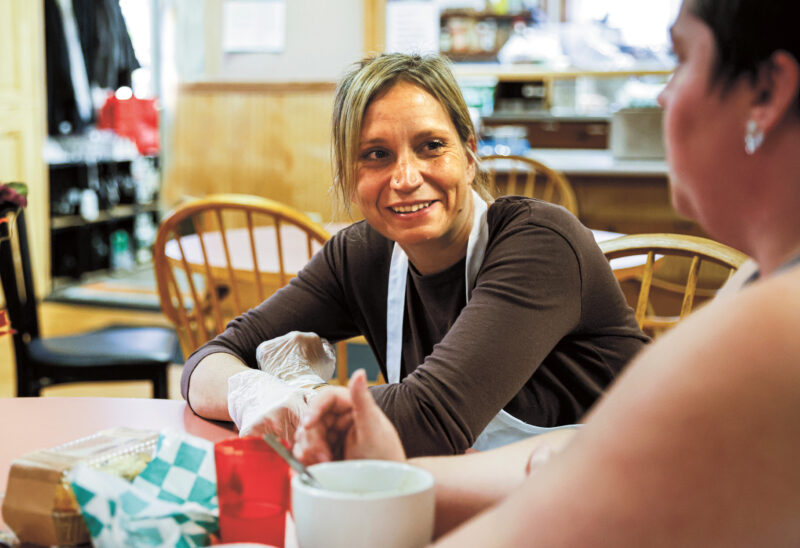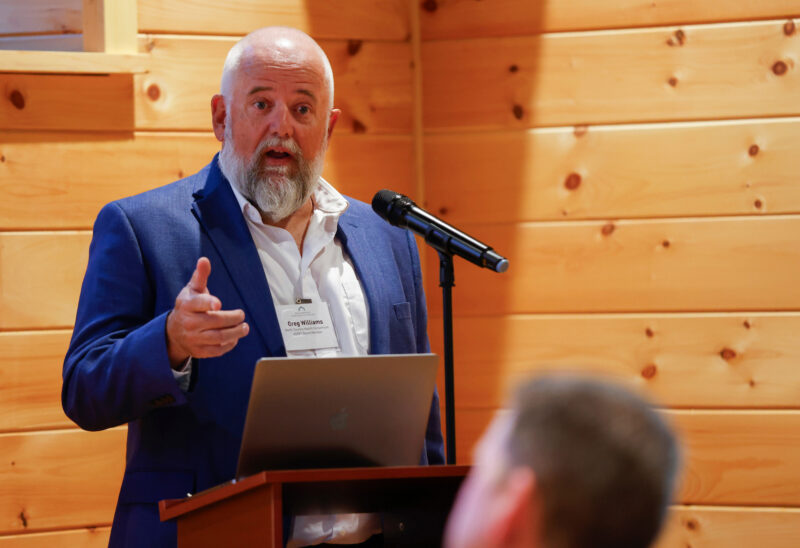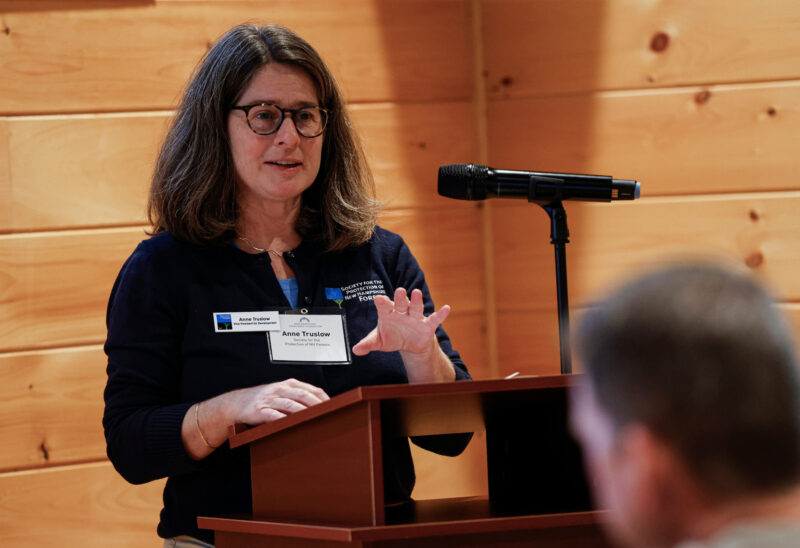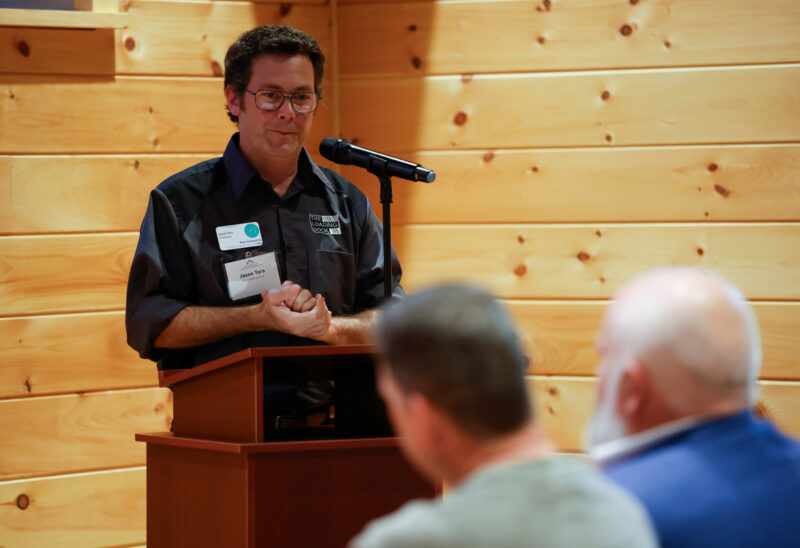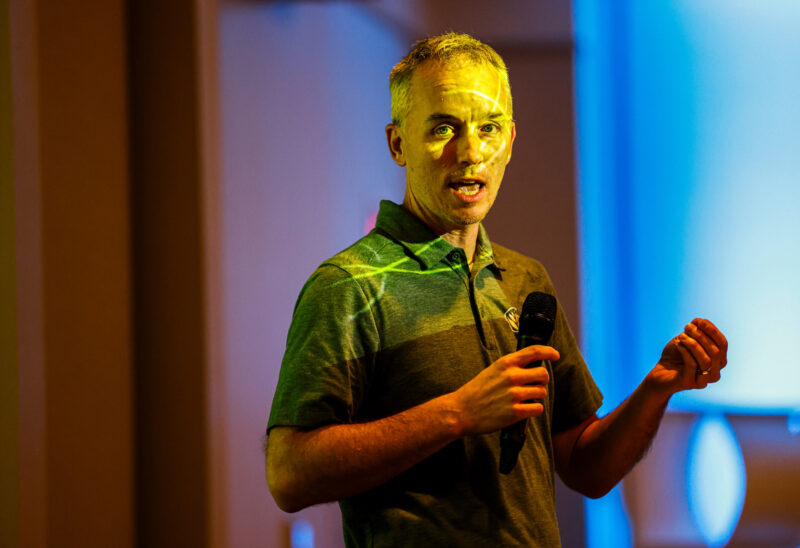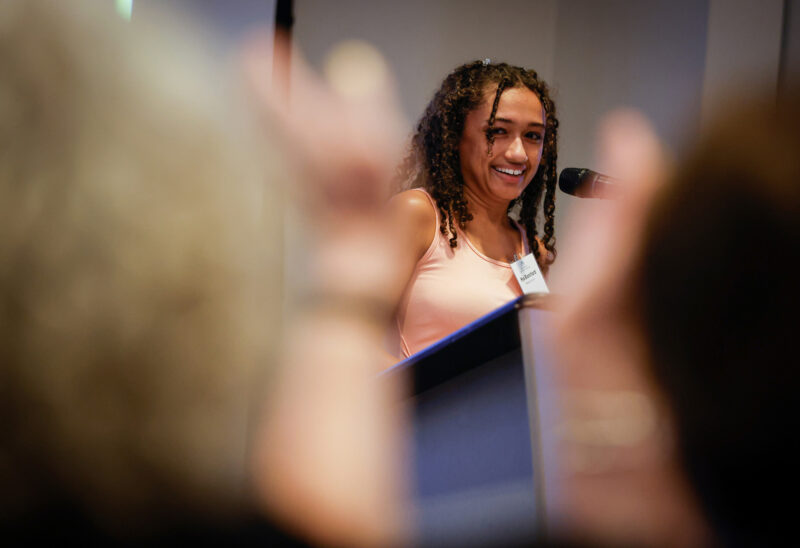Marguerite Wellborn’s enthusiasm and generosity have changed the way kids in the Upper Valley learn about the natural world. Wellborn was an ardent naturalist and learner, and left $10 million to create the Wellborn Ecology Fund at the New Hampshire Charitable Foundation “to be used for public awareness of environmental and ecological issues in the Upper Valley.”
Her legacy was in full evidence as a group of educators hunkered down in a country inn during a snowstorm, and worked together to incorporate more place-based ecology education into their curricula — and get kids outside classrooms and into the natural world. These educators are deep into a year-long professional development program funded by the Wellborn fund.
They talked about stream sampling and gardens, about soil science and echolocation and how excited and engaged their students are when they study those things outside. When kids gather their own data about, say, soil temperatures and then analyze and interpret that data, it becomes real, and meaningful, and memorable.
Cathryn Burke teaches 8th grade science at Newport Middle School.
She has been working with her students on measuring local climate change — by tracking things like ice-out days and first maple sap runs.
“They’re a little disconnected from it globally, but this is their backyard,” Burke said. “When they have data they have collected and they’ve seen where it comes from, they’re a lot more excited about it.”
This program, just one of many supported by Wellborn grants, is focused on the Claremont, Newport and Mascoma School Districts. Wellborn program manager Kevin Peterson has been working with administrators and teachers, evangelizing about place-based ecology education and the Wellborn resources available to support it.
“They are the three most challenged districts in the New Hampshire part of our service area,” Peterson said. Put to use in those places, the resources “have the potential to have the greatest impact.”
This group of educators from New Hampshire and Vermont is working closely together over a period of several years. Some work in districts that have already incorporated place-based ecology education, others in districts that are just beginning to do so. The program, created by Shelburne Farms and the Four Winds Nature Institute (both also Wellborn grantees) is designed to meet current and emerging district and curriculum needs — including Common Core and Next Generation Science standards.
And kids are already doing great things out-of-doors — and learning science in a way that sticks.
Educators in Canaan are working on incorporating an “outdoor classroom” space into the science curriculum. Teachers have identified spaces in their community — town forests, trails — to use in studying science. Second and third graders have made a study of leaf-eaters, gathering and graphing data and incorporating art and prose-writing.
“It gets science outdoors, where it belongs,” said Becky Jennings a para-educator at Canaan Elementary School, “and it taps into all kinds of learning styles. They’re truly exploring their backyard — not on a slide, or a PowerPoint.”
Third and fourth graders in Claremont are becoming field scientists — armed with new backpacks, nature journals, field guides and hand lenses — and are studying the science under their feet.
“They’re scientists! They need to go out there and discover things,” said teacher Lisa Holtz.
And Jen Rost’s 6th graders in Claremont have been monitoring water quality in the Sugar River, measuring pH, turbidity and temperature, testing for bacteria and collecting macroinvertebrates (think larval-stage crayfish).
“They really loved collecting macroinvertebrates,” Rost said, “Loved it, loved it, loved it.” Now, when her kids walk by the Sugar River, they know what lives in there.
“It makes it all real,” Rost said. “I think it’s going to be more memorable. In the long run, it makes them like science — and it makes them like school.”

